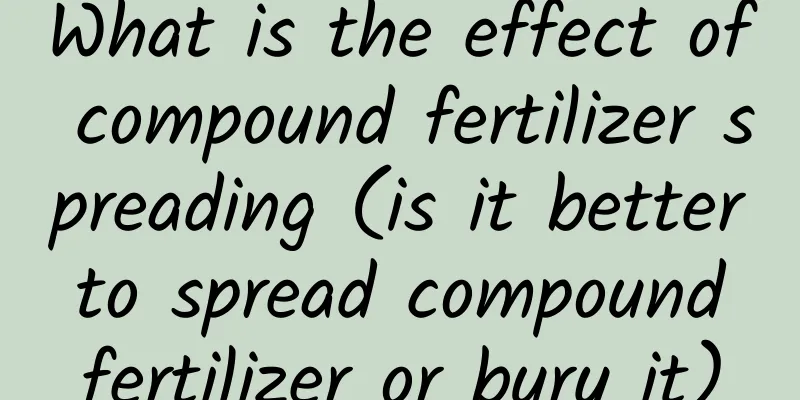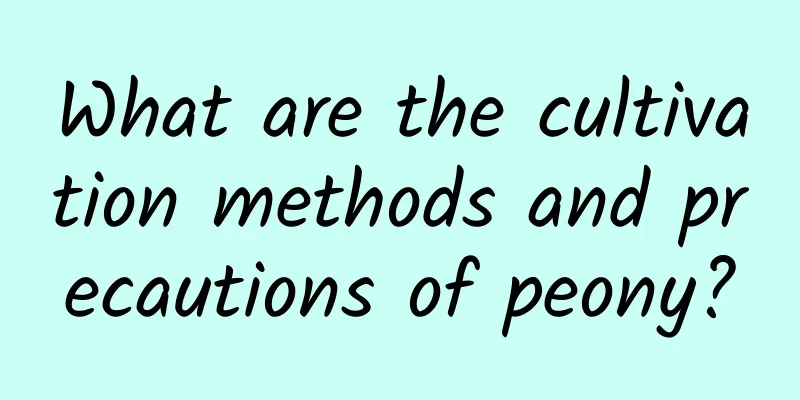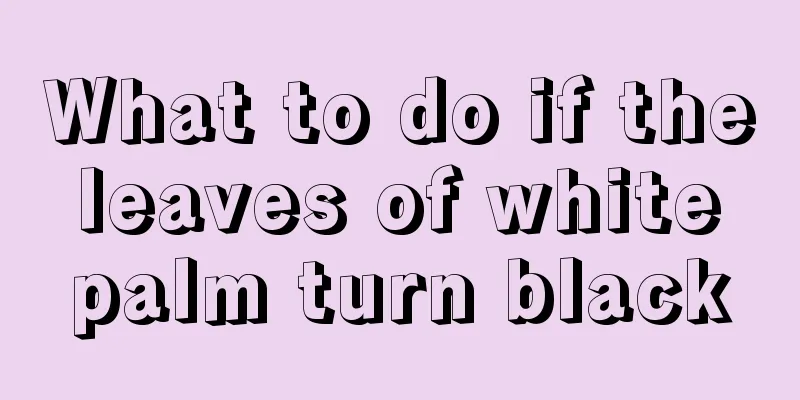What is the effect of compound fertilizer spreading (is it better to spread compound fertilizer or bury it)

Functions and effects of compound fertilizerCompound fertilizer is a type of chemical synthetic fertilizer that is currently used more frequently, generally containing two or more nutrients. Compound fertilizers made through significant chemical reactions artificially, mechanically or through production processes, such as chemical compound fertilizers, blended compound fertilizers, etc. Compound fertilizers are basically granular and dissolve more slowly than powdered single fertilizers. Therefore, when we apply compound fertilizers, we basically use them as base fertilizer (basal fertilizer) and bury them deep in the soil in areas with dense root systems of various crops. Compound fertilizer is a fertilizer containing two or more high-nutrient elements. It has the characteristics of high nutrient content, few by-components and good physical properties. It also has the advantages of balanced fertilization, improving fertilizer utilization, and promoting high and stable yields of crops, making it the most widely used fertilizer in agricultural production . For this reason, many farmers regard compound fertilizer as a universal fertilizer and only apply one type of compound fertilizer when fertilizing. However, this is often because the fertilizer has a single nutrient, and the lack of nitrogen in the later stage leads to a reduction in crop yields and causes unnecessary losses. If compound fertilizer is used as seed fertilizer, the seed fertilizer needs to be isolated to 5 cm, otherwise it will affect germination and result in reduced yield. When we plant wheat and corn, we basically sow seeds and fertilizers at the same time, one batch of seeds and one batch of fertilizer, with a certain distance between them. Nowadays, people want to save trouble, so when applying fertilizer to crops, they will spread compound fertilizer on the ground surface. Those who are more diligent will turn the ground over with a hoe and bury the compound fertilizer. Some people simply don't care and spread the white fertilizer on the ground surface, leaving it to the wind and sun to fend for itself. Is it better to spread or bury compound fertilizer?Strictly speaking, it is not good. Any kind of fertilizer spread on the surface is difficult to be absorbed by the crop roots, resulting in large nutrient losses, such as volatility loss and runoff, and poor yield-increasing effects . If we say whether it has any effect, it definitely has , but the effect is greatly reduced. If burying in the soil has 60% effect, then the effect of surface application is only 30%-40%. Compound fertilizers generally contain elements such as nitrogen, phosphorus and potassium, so the application requirements of these three elements must be considered when applying them. The nitrogen element in compound fertilizer is easy to volatilize or be lost with rainwater, while the phosphorus and potassium elements are easily fixed by the soil and have low mobility in the soil. If applied on the surface, it is not easy to be absorbed by the roots of crops. In the case of a long drought without rain, the fertilizer cannot be dissolved and the fertilizer takes a long time to take effect. Therefore, compound fertilizer cannot be spread on the surface, but should be applied deep and covered with soil to avoid unnecessary waste. In short, due to the different proportions and forms of nutrients contained in compound fertilizers, we should adopt reasonable fertilization methods when applying them. (1) Compound fertilizers containing phosphorus and potassium should be applied near the root system of crops, preferably as basal fertilizers. Compound fertilizers containing ammonium nitrogen should be applied deeply and covered with soil to prevent the loss of ammonium nitrogen through volatilization. (2) Compound fertilizers containing nitrate nitrogen are not suitable for use in paddy fields. Potassium dihydrogen phosphate is generally not used as a base fertilizer, but is mainly used for foliar spraying or seed soaking. No matter what kind of chemical fertilizer you use, don't spread it if you can bury it in the soil. If you really want to spread it, it is recommended that you spread it after rain or watering, when the ground is moist. |
Recommend
The best and most comprehensive method for preparing culture soil! A must-have for flower lovers!
1. Preparation materials Garden Soil The soil tak...
When is the best time to water plants?
How to judge whether plants are lack of water Let...
What flowers should I send to my patients?
1. Elegant color and smell Visiting a patient and...
How to grow Gloxinia flowers
1. Soil It likes to grow in a loose, air-permeabl...
What to do if the succulent ruby grows too long
Identifying leggy growth Some flower lovers may n...
How do Magnolia trees survive the winter?
Growth habit Magnolia trees grow best in warm and...
When is the right time to plant cucumbers?
Cucumber is an annual vine or climbing herb belon...
Where is the best place to grow grapes?
Grape growing area The grape plant is native to w...
How to water Daphne koreana in spring
How to water Daphne koreana in spring In spring, ...
Maintenance methods and precautions of the string money vine
Maintenance methods of vine Moisture Money vine l...
What to do if the leaves of green radish turn yellow in summer
1. Proper watering Reason: Excessive watering wil...
What to do if the sunflower leaves turn yellow
The symptoms and causes of yellowing leaves of po...
Is lettuce a genetically modified vegetable? How to keep it fresh?
1. Are they genetically modified vegetables? Lett...
Cultivation method of new jade ornament
soil The new jade ornamental is a drought-toleran...
Causes and treatments of yellow leaves of bamboo grass
1. Watering problem Reason: When watering bamboo ...









